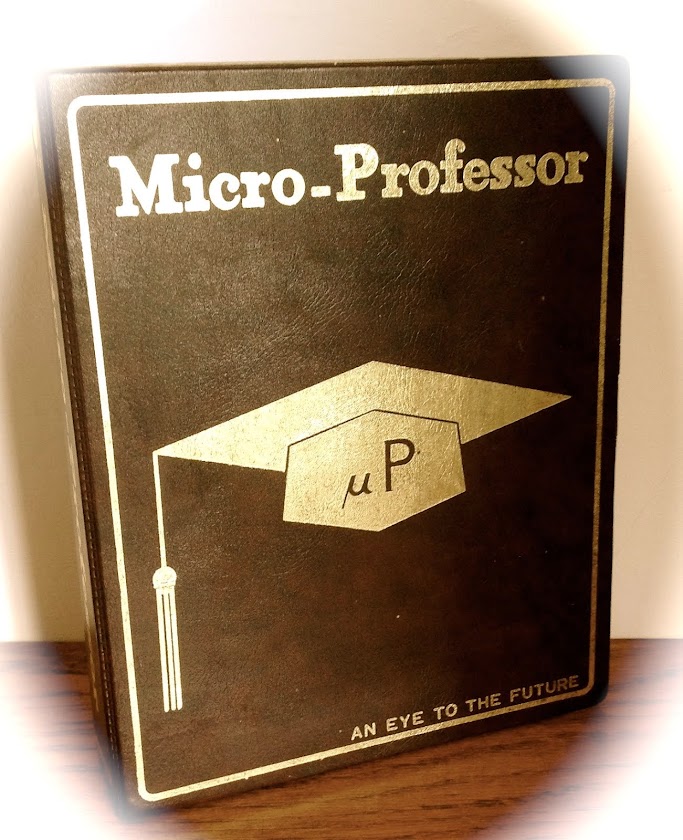Schools
are bombarded with products and courses that claim to be informed by research
in Neuroscience and/or Digital Technology. Despite warnings from the OECD, the
Royal Society (UK), the Wellcome Trust (UK) and Deans for Impact (USA), about
the over extrapolation of science it is unsurprising that schools ‘buy into’
these products. A web of interrelated influences is determining how schools
make spending decisions: government’s unrelenting pressure for school
improvement, government’s adulation of techno-science (as a driver of the
economy), the marketing might of the techno-science industry, the media’s
tendency to hype innovation claims.
Affective
Computing is one techno-science product that will arrive in the education
marketplace. In the life world we express emotion, and interpret emotion in
others, in a variety of ways. Affective Computing technologies are machines
programmed to collect and interpret that information. The HE Horizon report for
2016 has just been published and it predicts a time to adoption of 4-5 years.
The Horizon reports are collaboration between the New Media Consortium and the
EDUCAUSE Learning Initiative (HE), Consortium for School Networking (K12) and
are a useful source for a history of techno-science in education (1). Reports
have been produced yearly, for Higher Education since 2004 and from 2009 for
K-12. Each report draws on the expertise of a large international community of
experts who collectively identify six emerging technologies for potential
impact on Education, two within 1 year, two within 2-3 years, and two within
4-5 years. In general Horizon predictions: ubiquitous wireless in 2005, social
networking in 2007, mobiles and cloud computing in 2009, electronic books in
2011, tablet computing in 2013, have been realised. K12 has mostly mirrored the HE sector albeit
with a lag of up to three years.
Technology
forecasts made in the Horizon reports deserve attention before their arrival in
the educational marketplace. Education has undoubtedly benefited for example,
adult part time distance education students who use technologies such as
mobiles and forums for discussion and collaborative activities with peers, from
a place and at a time that is convenient. These technologies allow institutions
to offer pedagogy that was not previously available to Distance Education. By
contrast, virtual worlds have been much less successful. Second Life (SL), a
commercially owned platform that provides users with facilities for
constructing virtual objects and a virtual representation of self (avatar) was
launched in 2003. Most HE institutions
in the UK invested financially in SL estate however; by 2011 it was largely abandoned
by Education. SL was trumpeted as a superior online context when compared with
text based forums. The key claim, that it
provided an immersive online experience, drew on ideas about ‘embodiment’
(neuroscience) and ‘presence’
(communication) that were uncritically translated to learning contexts.
Emerging
technologies such as SL tend to attract journal special issues and dedicated conferences
yet critique of their educational value is sub-optimal. For example, Stanford University
will host the first conference on ‘wearables for learning’ in November 2016 (2) Wearable technologies are incorporated into jewellery, clothing, footwear and were first listed as an emerging technology in the 2013 Horizon
report. In the call for submissions the 19 topics are more focused on how to
develop and introduce wearables to education than why the technology may be of
value. Educational products that work best are those that target a problem
already identified by practitioners for example, being able to offer a
socio-cultural pedagogy to students studying at distance, the sophisticated
video software from IRIS so that teachers can appraise and discuss real life
practice and student behaviours with colleagues (3).
What
are the educational problems that Affective Computing could address? Affect is
not a constant and a practical strength of Affective Computing is its
monitoring capability. However, a major limitation is that Affective Computing
requires a computer mediated learning context for example: a VLE, an intelligent
tutoring system, wearables. Affective Computing relies on data collected by other
digital technologies, a case of a technological development being determined by
the availability of other technologies. There are other issues; the ethics of
quantifying the student, the validity of the physiological data collected, and
the substantial question of how to theorize affect. A techno-scientific
solution for mental health needs in the form of Affective Computing would be attractive
to policy makers but is Affective Computing technology fit for purpose? To
avoid being passive receivers educational researchers and practitioners need to
infiltrate the specialised journals and technology conferences to challenge
motivations and critique the value of these products for practice.
